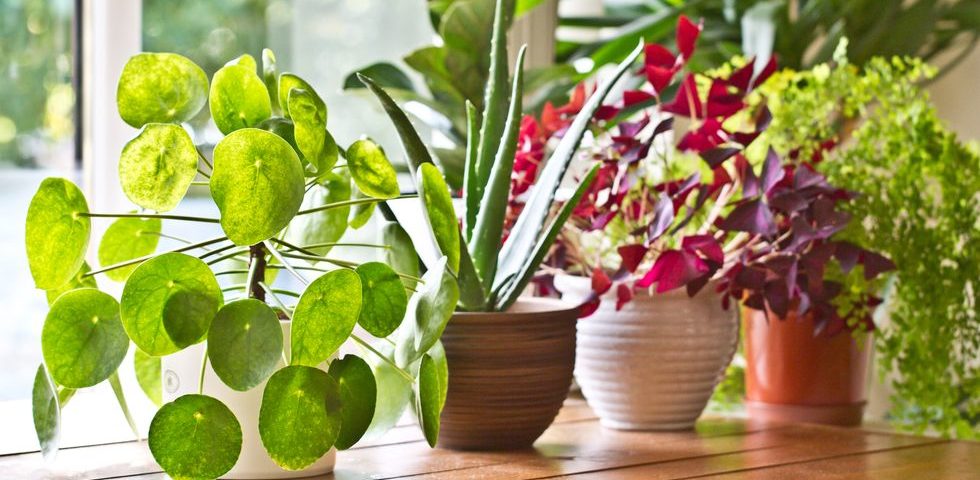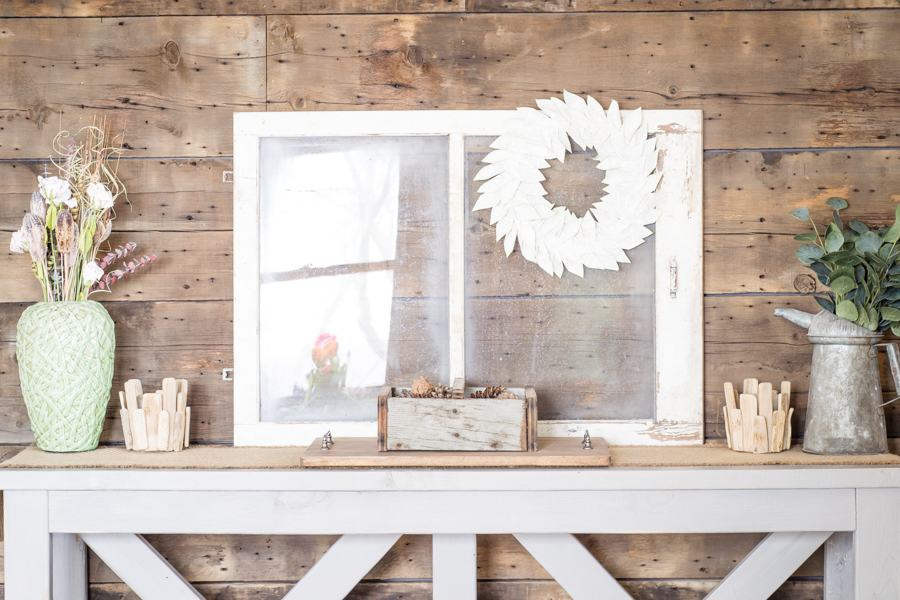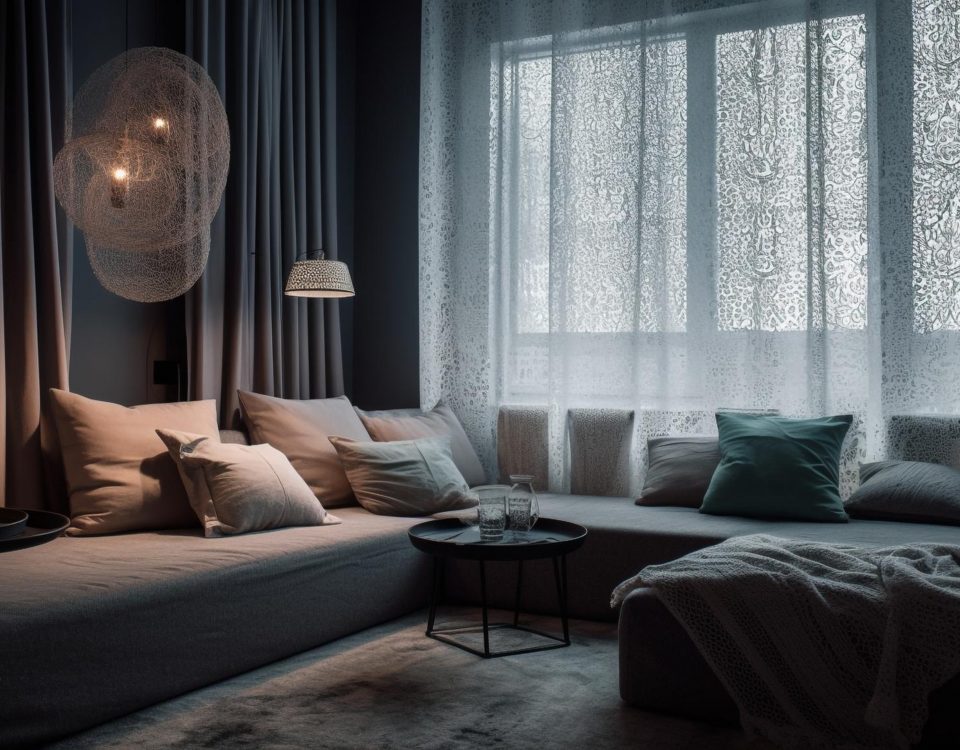Bringing Your Plants Indoors in 7 Easy Steps

Best Trails in Ottawa
August 9, 2019
Last Weekend of the Summer in Ottawa
September 20, 2019Bringing Your Plants Indoors in 7 Easy Steps
It sure has been lovely to have our plants bloom and flourish in the outdoors during the summer months. It is no secret that plants thrive in the sunlight and warm weather. But this doesn’t mean that our plant friends cannot survive inside during our long Canadian winters. Once the temperatures dip below 10 degrees at nighttime, it is time to start thinking about bringing your plants indoors for the winter months.
Weather conditions widely differ between the inside and outside of your home. Because of this, a gradual reintroduction to the indoors is best for your plants. Sudden changes in temperature, light, and humidity can be destructive, resulting in yellowed leaves, wilting, and sometimes death. Our easy checklist for bringing your plants indoors for the winter will make the move a seamless transition resulting in lush plants all year round!
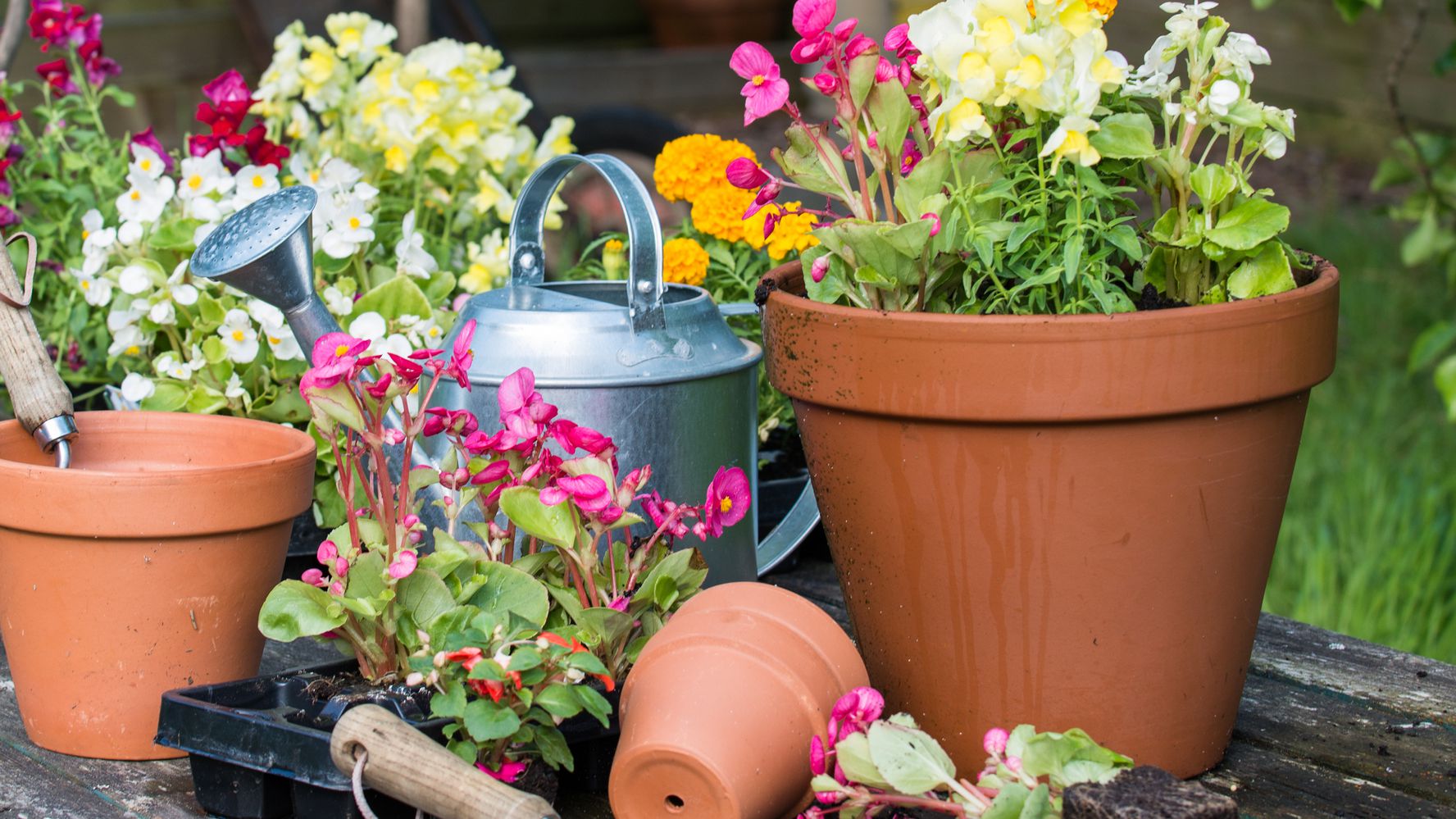
#1. Get your plants ready for the big move
You should clean your windows (inside and out) to ensure that your plants will get lots of light during the winter months. The plants may need repotting. Make sure you have potting soil, containers and basic garden tools on hand.
Signs that your plant may need to be repotted:
- Plant looks like it is too big for its pot
- The roots are growing out of the drainage holes
- The soil is dried out or looks like it is disintegrating
- It’s been years since you repotted it
- Plant is growing at a much slower pace
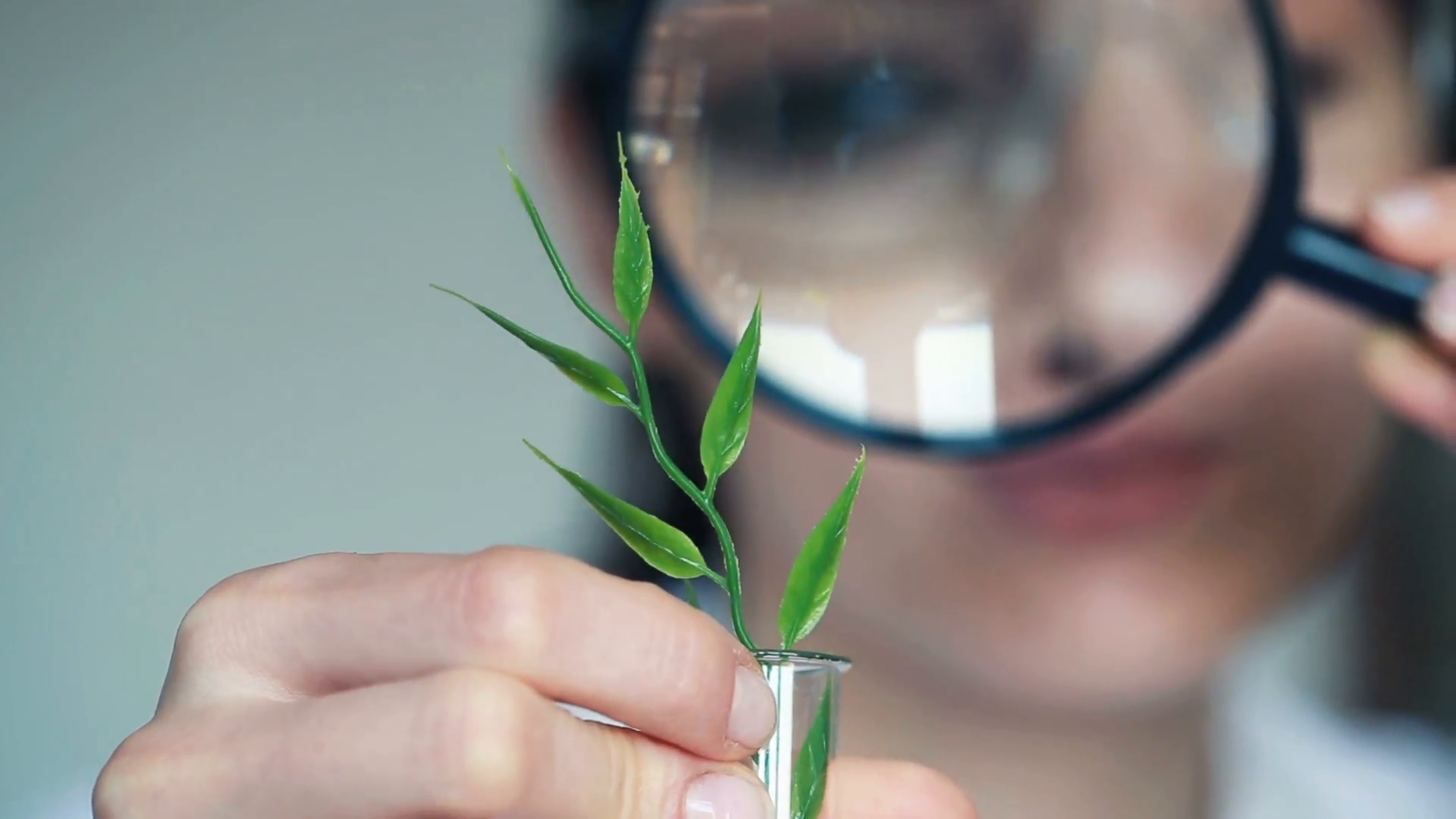
#2. Do your research
If you picked up some random pretty plants at the beginning of the season and didn’t really know how to care for them, now is the time to learn what they require. Because the indoor conditions are not as ideal as outdoor, your plant friends are going to need a little more maintenance. Google is your friend in this situation. If there is no insert tag and you can’t figure out what the type of plant you have, there are apps you can install on your iPhone and Android phones to take a photo of a plant and identify it! Technology is amazing! PictureThis Plant Identifier works great on iPhone and Bixby Vision on Android also works great!
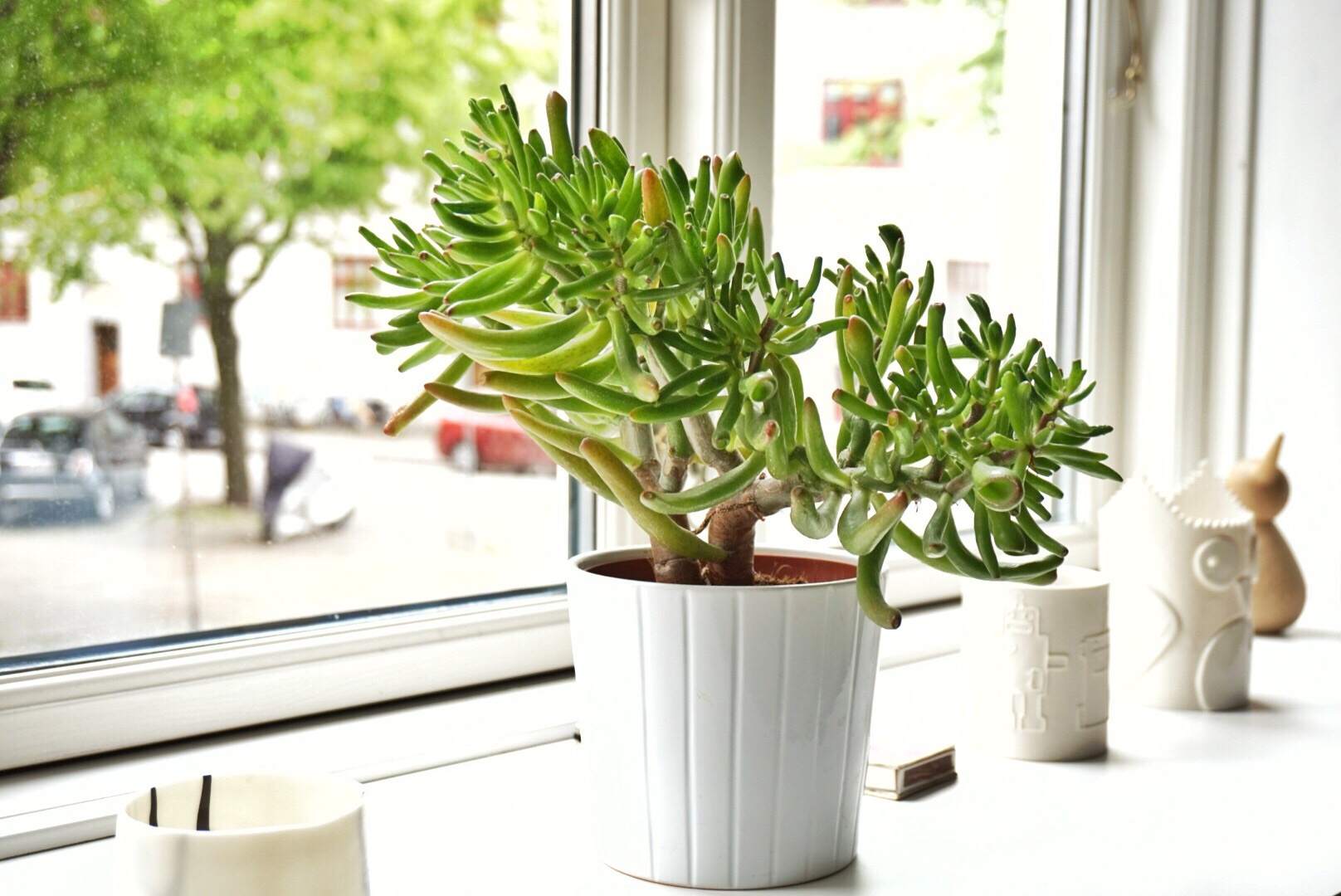
#3. Choose the best location for your plants
If possible, it is a good idea to add ceiling hooks for hanging plants. The higher in the room they are should be a better climate for your plants to flourish in. They will also be exposed to more light as there are probably less obstructions. A large table or shelf in front of your window is also a great spot for your plants to live. If possible, a west or south facing window is best. You might want a table or shelf wide enough for trays to group several plants together. If your plants require high humidity, it is a good idea to line the trays with a waterproof material. Then add a layer of gravel, and place the pots on top so they have somewhere to drain. Be sure to keep the gravel wet. Not all plants will require the same amount of light and humidity. Some will need different types of light, such as indirect or direct. This is why it is a good idea to research your plants specific needs before moving onto this step.
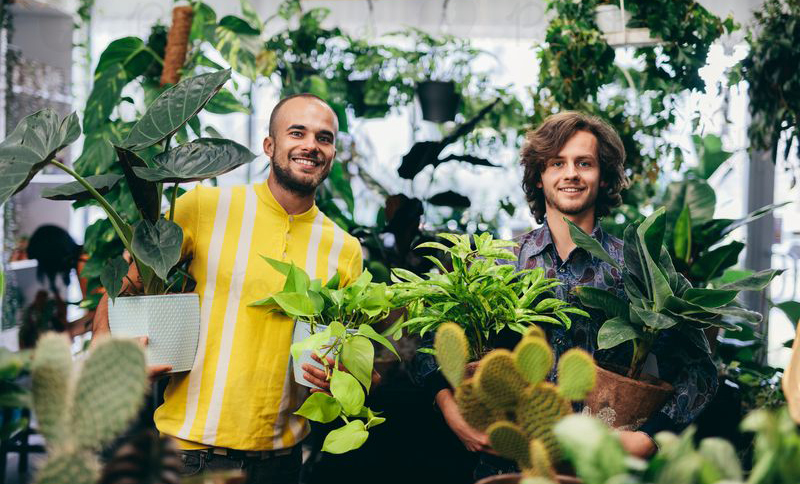
#4. Bringing Your Plants Indoors
As a general rule, houseplants should be brought indoors when nighttime temperatures drop below 12ºC. Succulents can usually tolerate cooler temperatures. If possible, it is best to start bringing your plants indoors at night and taking them back outdoors during the day for about 7 to 10 days.
It is time to bring your plants in for good when nighttime temperatures drop below 7ºC. You should inspect your plants for insects and diseases before bringing them in. To get rid of insects, soak the pot in warm water for about 15 minutes. This will force any bugs out of the soil. If your plants were at ground level; snails, earthworms, or other insects may have burrowed in the soil. If you suspect one of these pests could be in your planter, you may want to repot the plants.
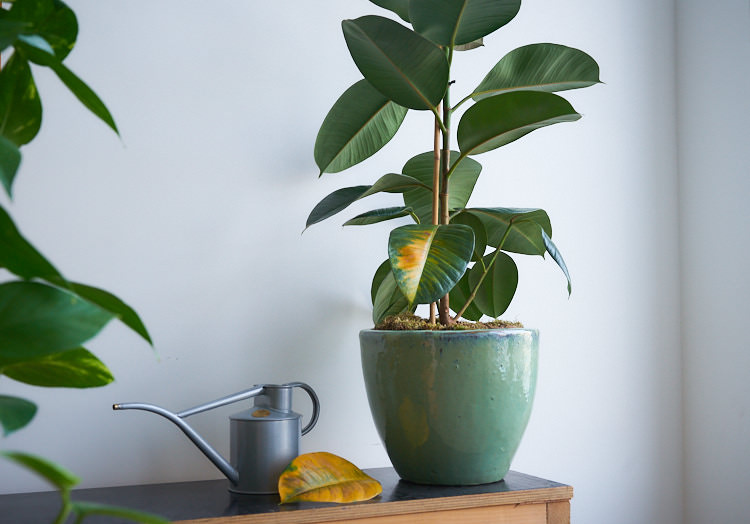
#5. No surprises
Your plants are prone to shock when you bring them inside after spending months outside. To prevent this, it is best to gradually expose them to reduced lighting. If they’ve been in bright light all summer and you move them into much lower light, you can expect some leaves to fall off. Don’t worry though, new ones should form as the plants get used to the lower light. If possible, situate them in similar light indoors, like a south or west facing window. Decide which plants you’re going to bring indoors well ahead of time. One thing to consider is the health of the plant. If a plant has been struggling to stay alive outdoors, bringing it indoors to low humidity, dry heat and low light levels is definitely going to increase the stress. Sadly, it may be best to throw any struggling plants into the compost pile.
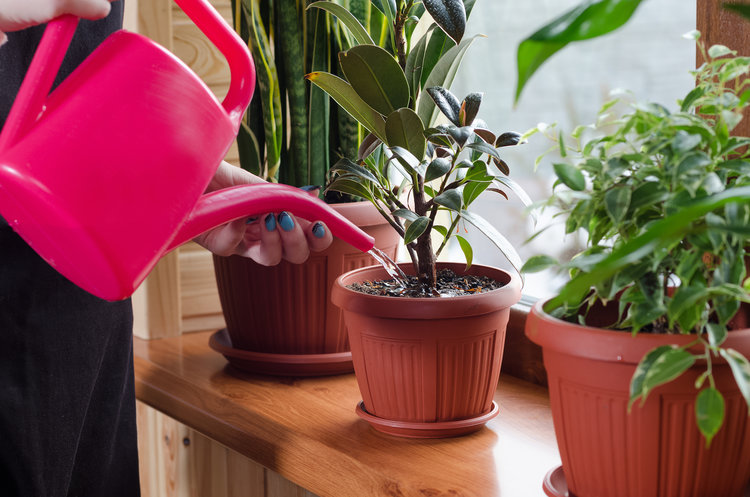
#6. Do Not overwater!
Remember that pots will not dry out as fast indoors as they did in the outdoor summer heat. Your plants will grow more slowly indoors than they did under strong light conditions. If in doubt, don’t water! It is best to let the surface of the soil completely dry before watering again. Succulents and Aloe Vera plants should be watered less often, when the soil is dry for several days or even weeks. It’s best not to water at all if it is cloudy or rainy weather. With less sunshine coming in, the soil will stay moist for longer periods of time.
An easy way you can tell when you’re over-watering your plants is when the leaves start to look limp, turn yellow, and eventually fall off. Plants that don’t get enough water will also turn yellow and fall from the plant, but those leaves usually turn dry and crispy. A sure sign that your plant has been overwatered are limp and sagging leaves and stems.
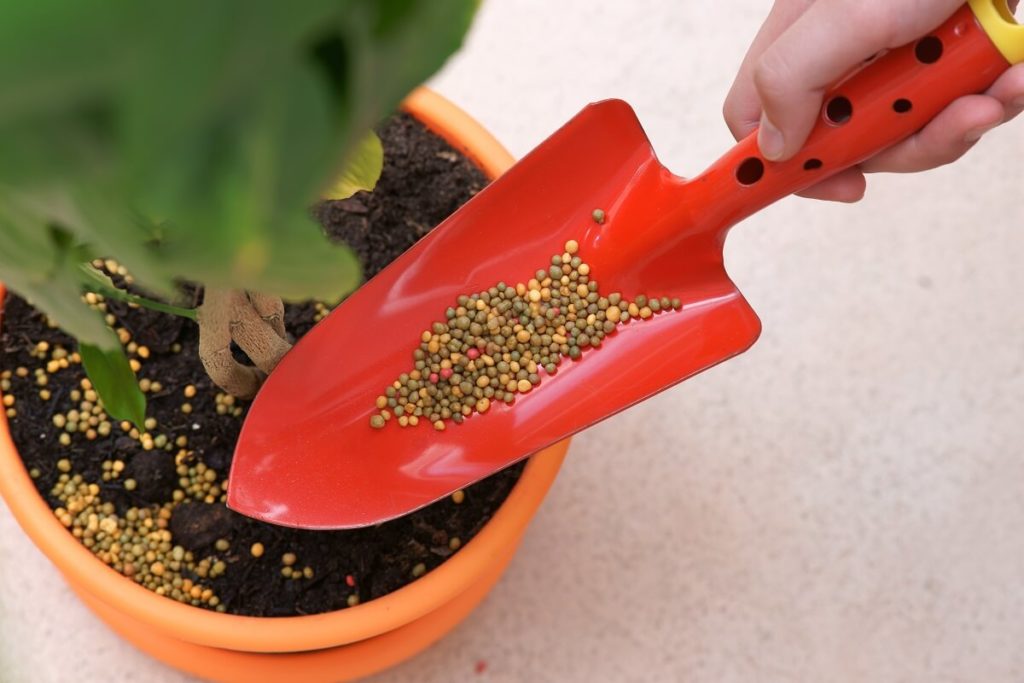
#7. Fertilize
Lastly, it is best to give your plants a boost of fertilizer at the end of the summer season. Unlike plants living outside, houseplants don’t have a regular replenishment of nutrients unless they are fertilized regularly. Be sure to check out the directions on the product label (or in your research from #2). If you repotted your plants with soil containing fertilizer, there is no need to feed them again for two to three months. Each plant requires a different amount of fertilizer, so it is best to refer to the insert, or check out Google. During the winter months, feeding is not necessary. If you do fertilize, do it sparingly. It is best practice to dilute the fertilizer by 50 percent or more. Once you see the plant setting new growth, which typically starts in late February or March, it is a good time to start feeding them again.


